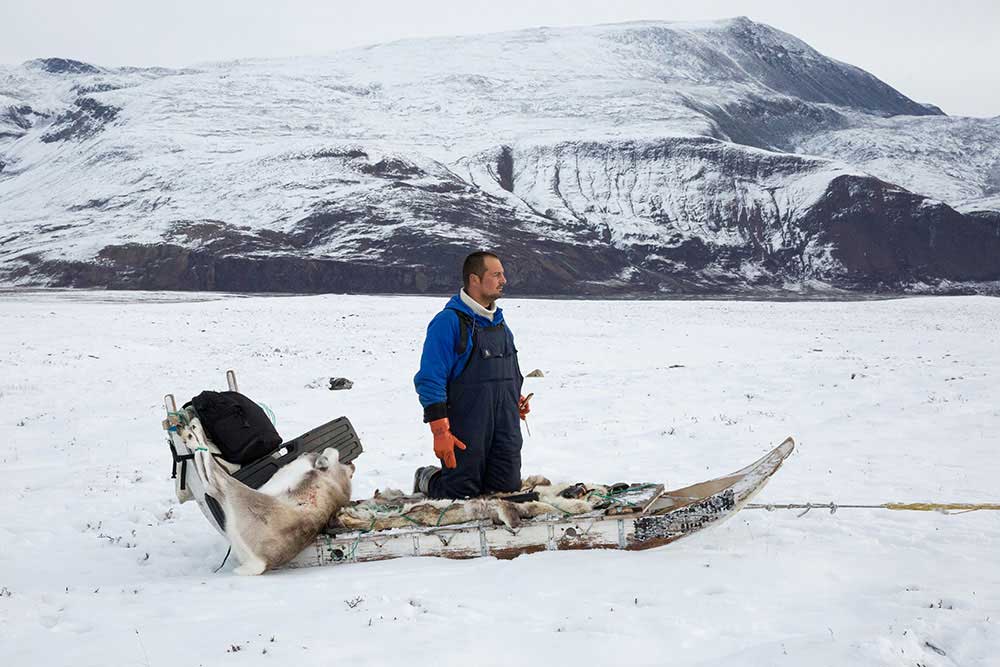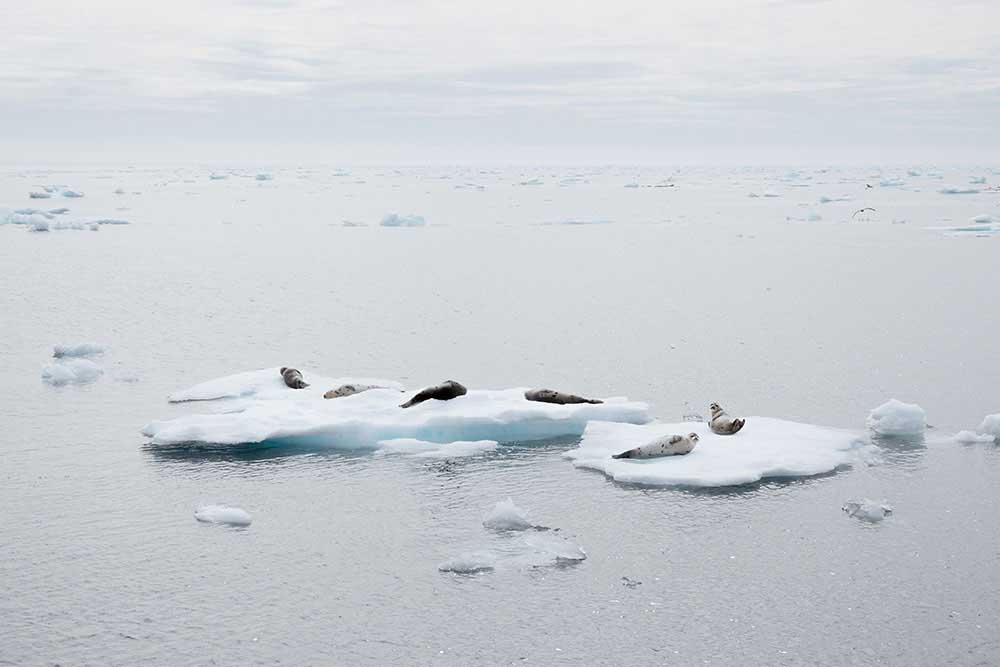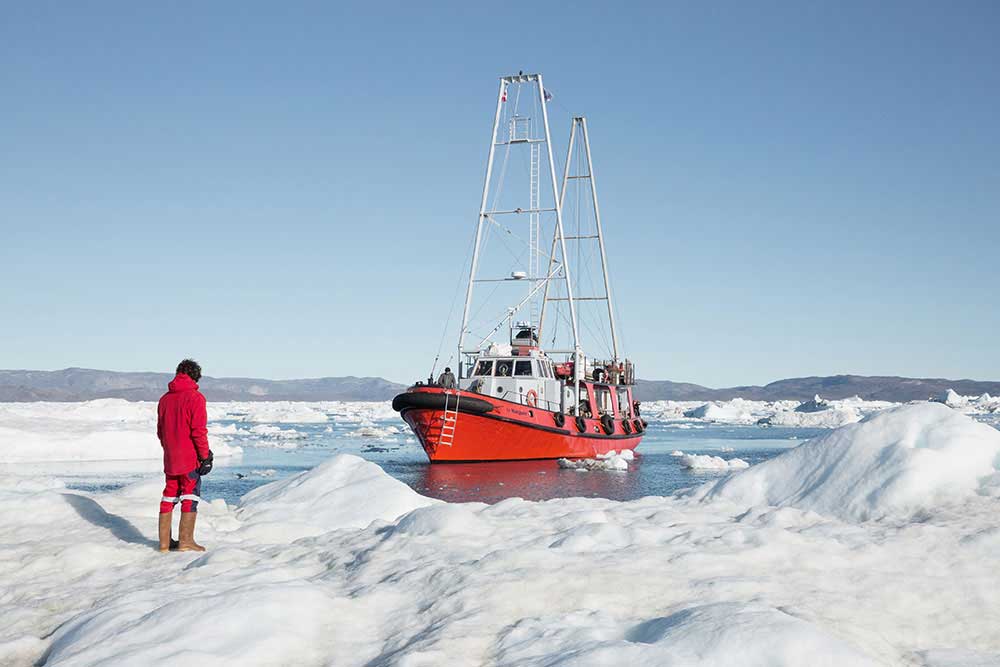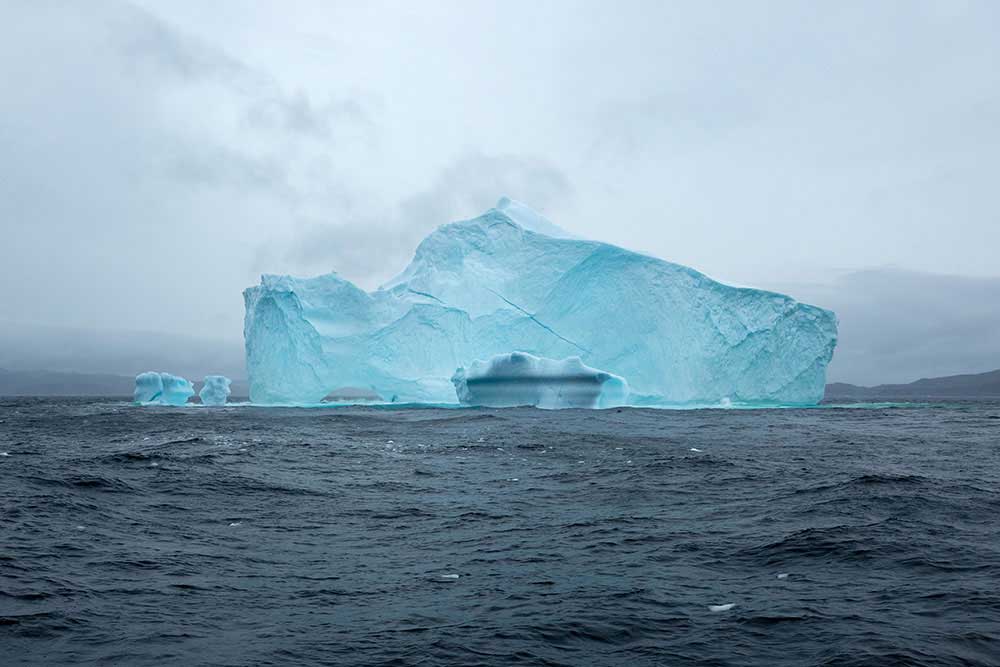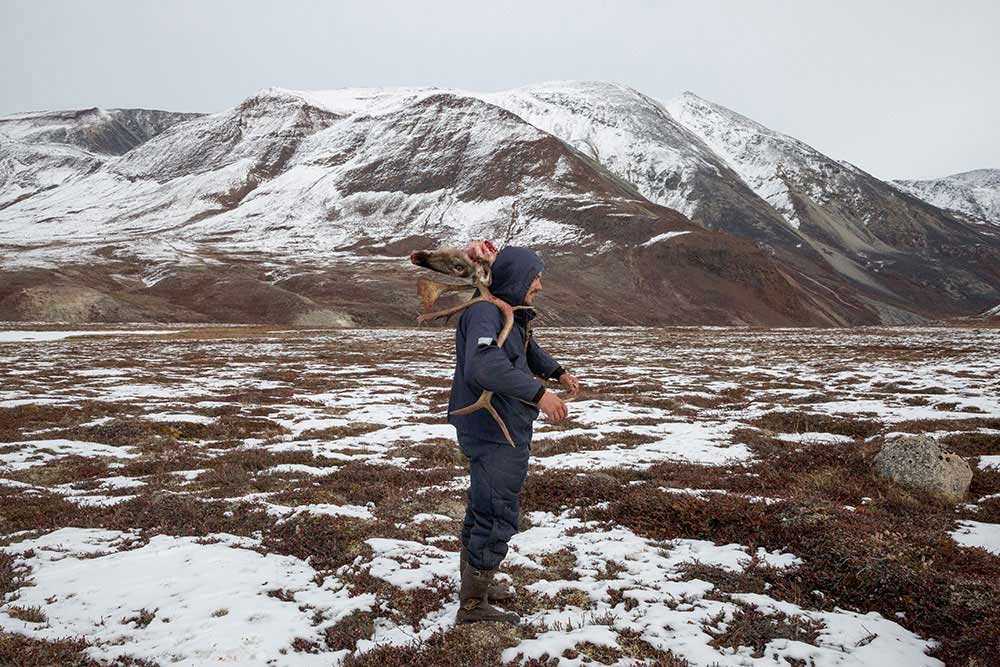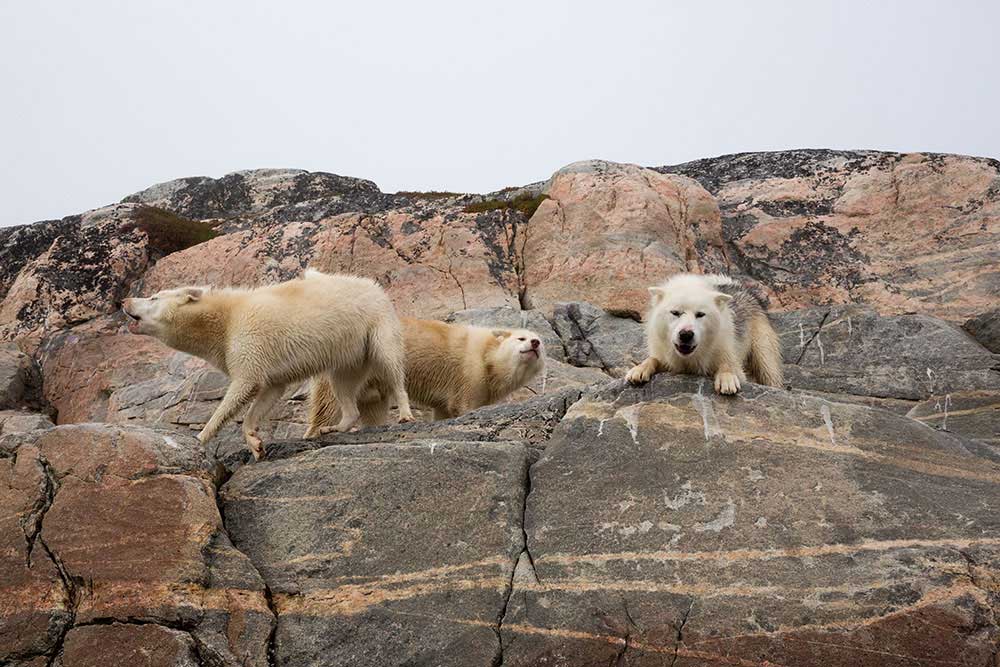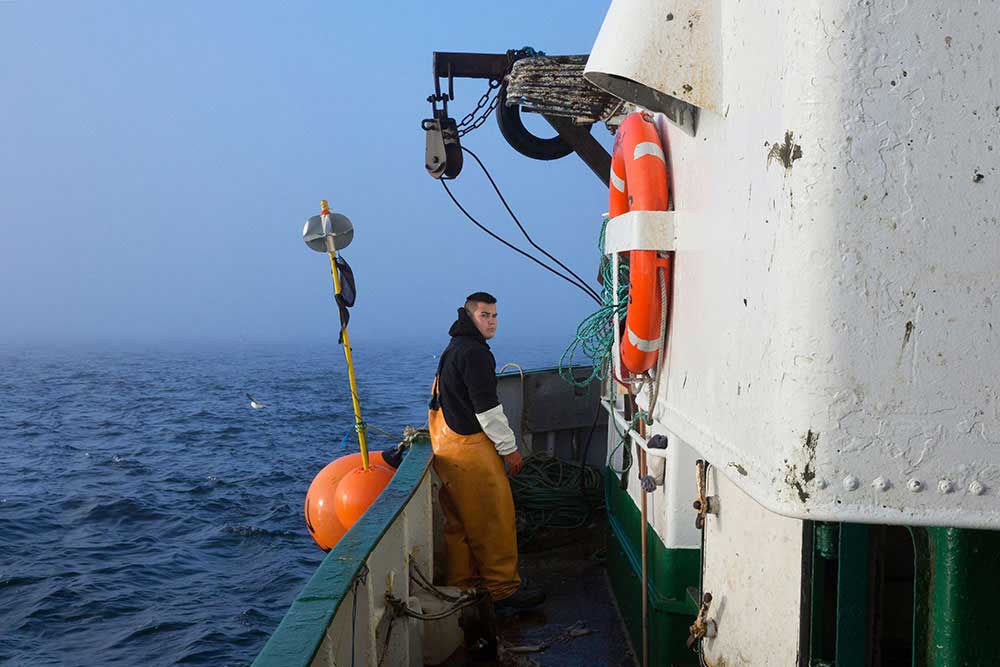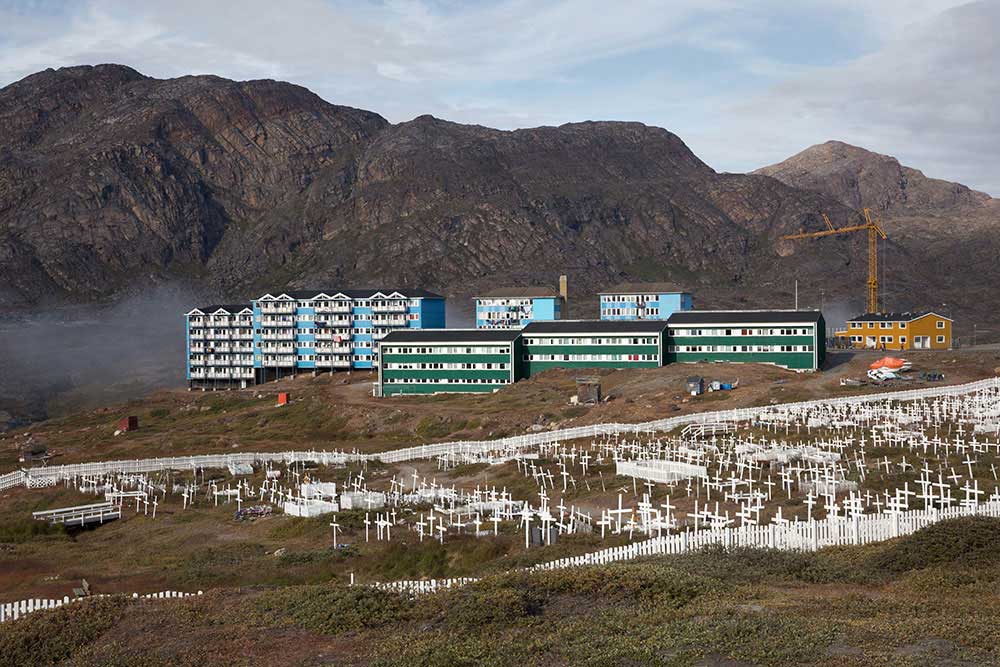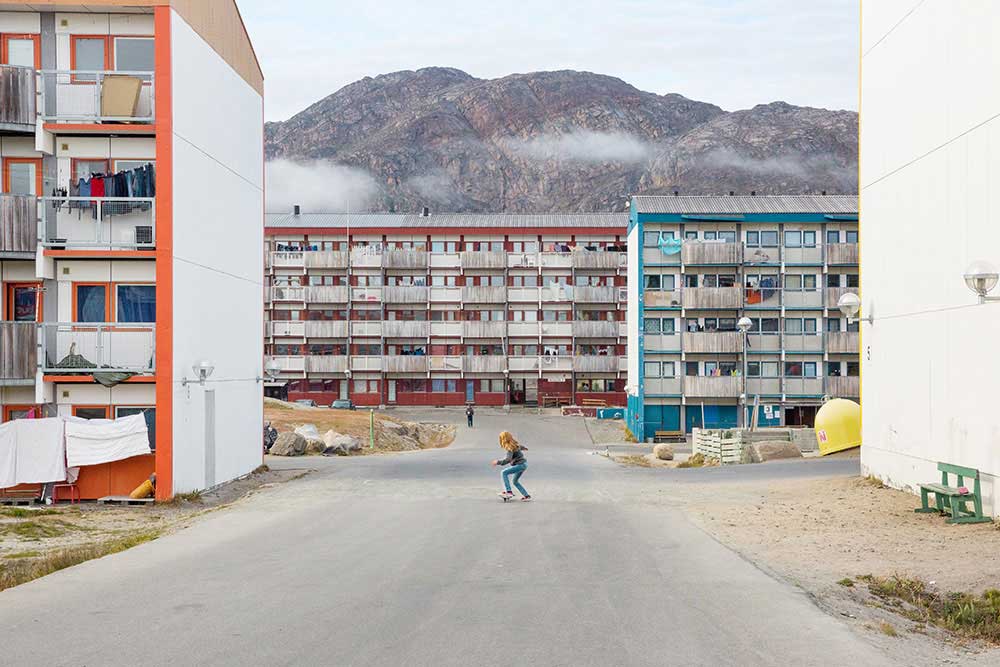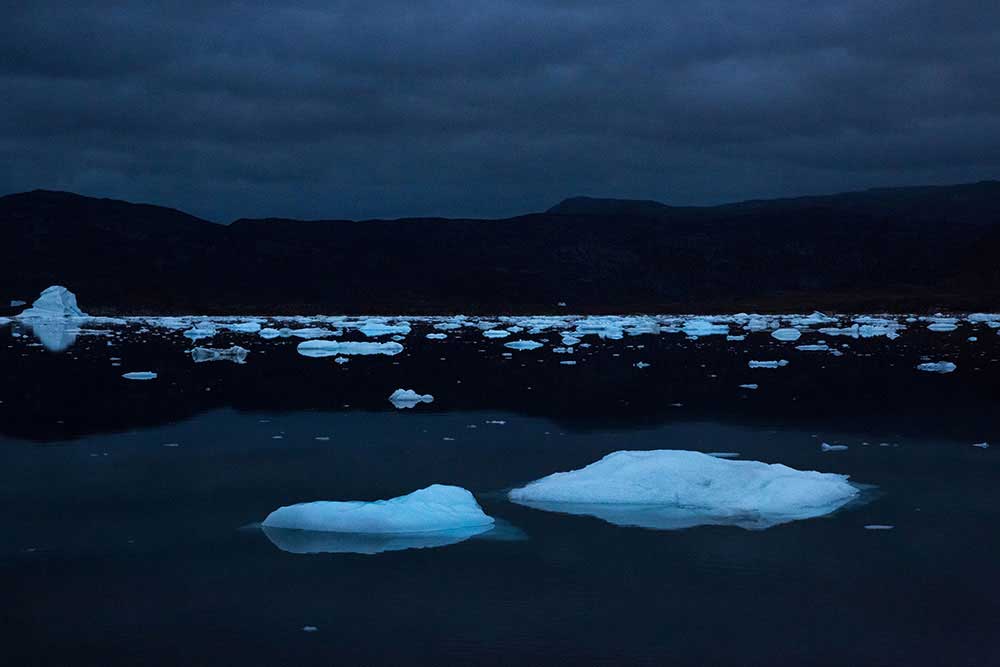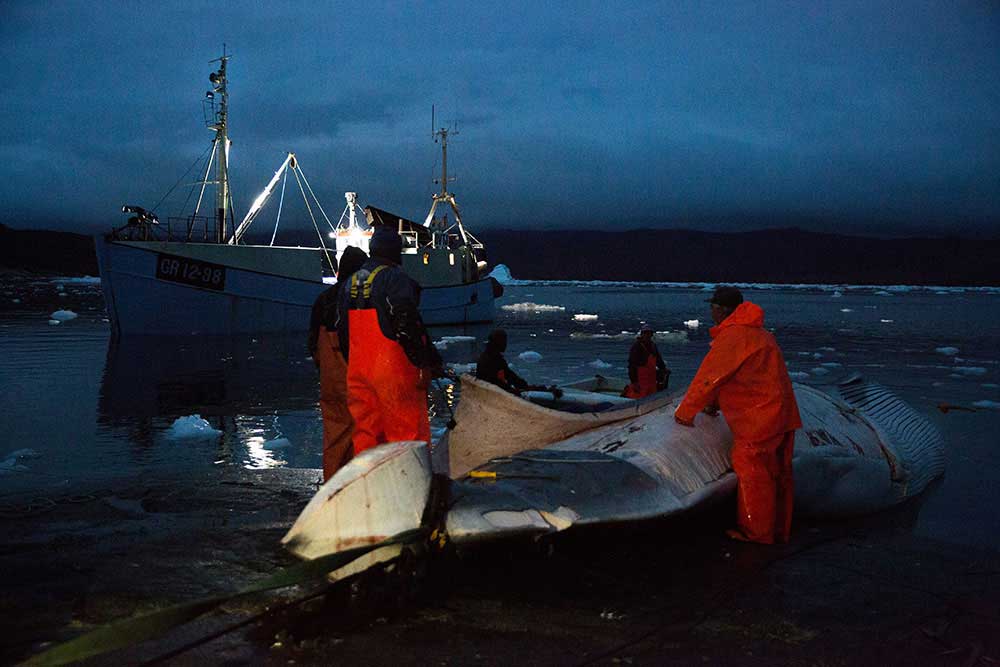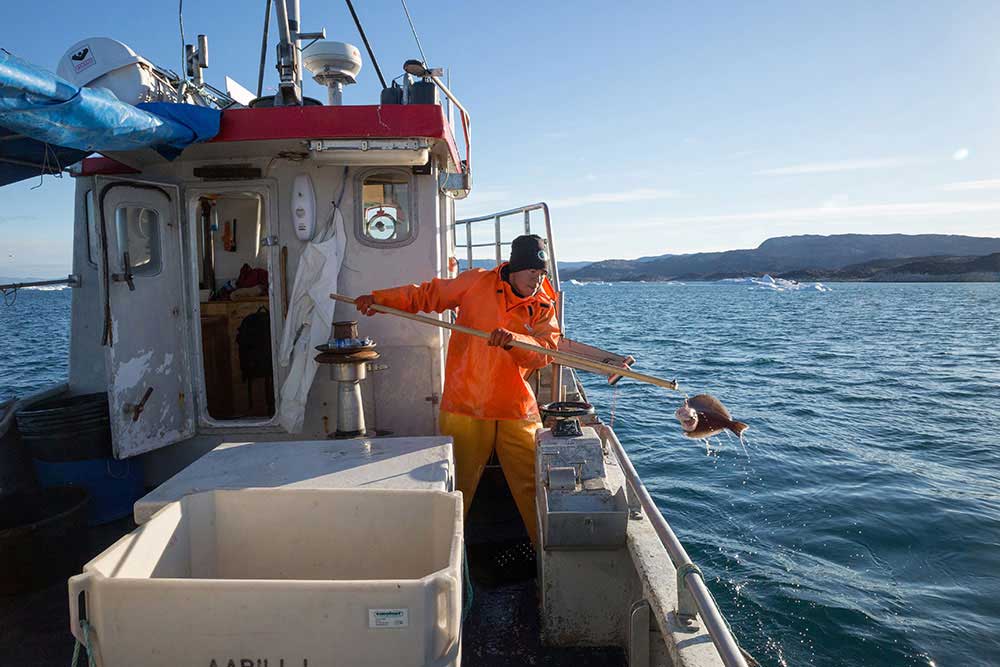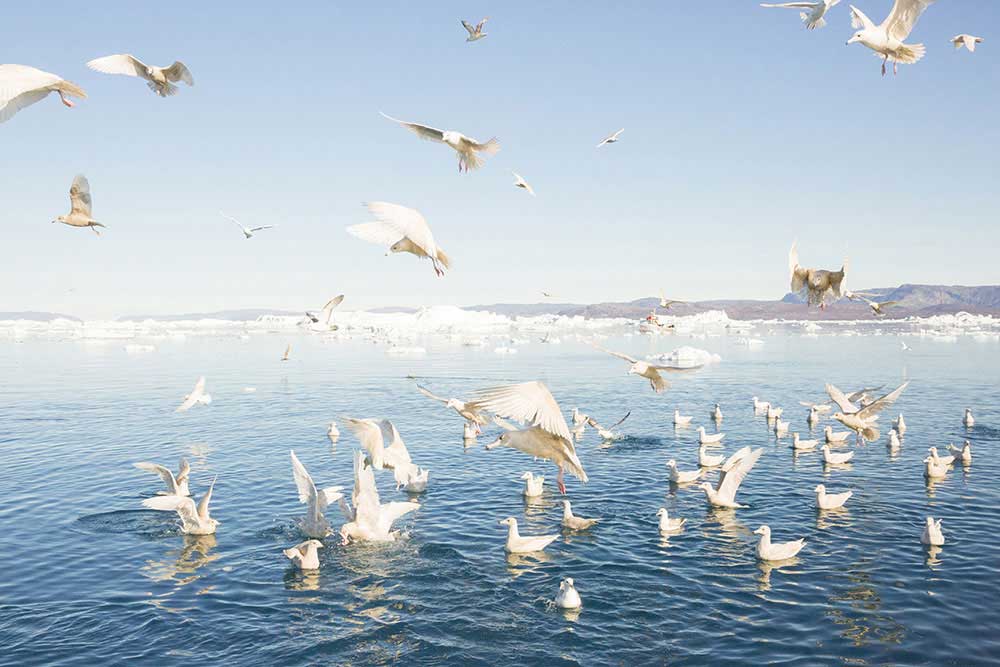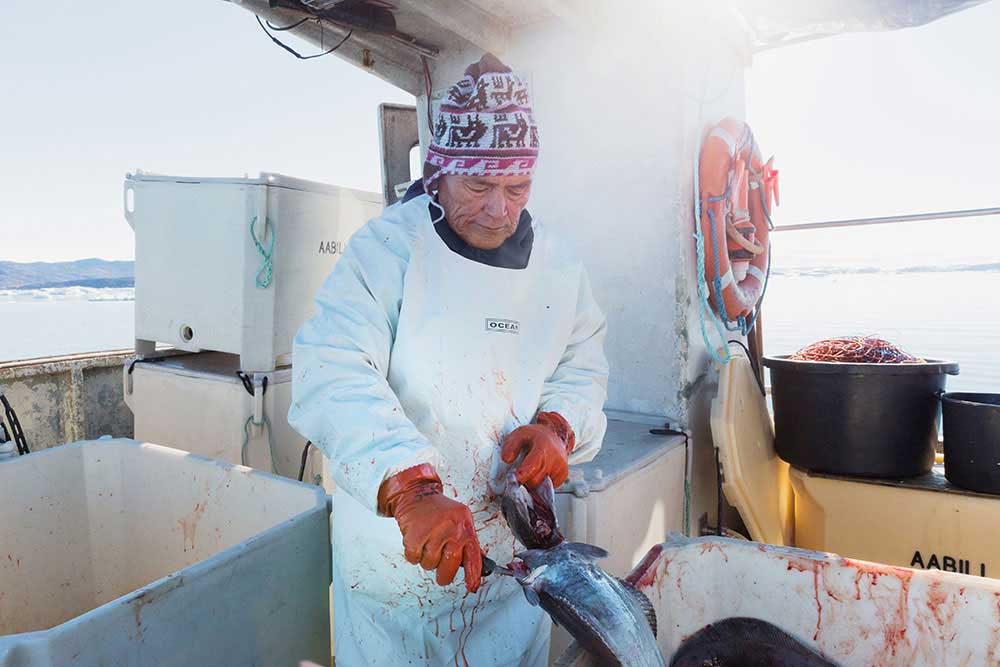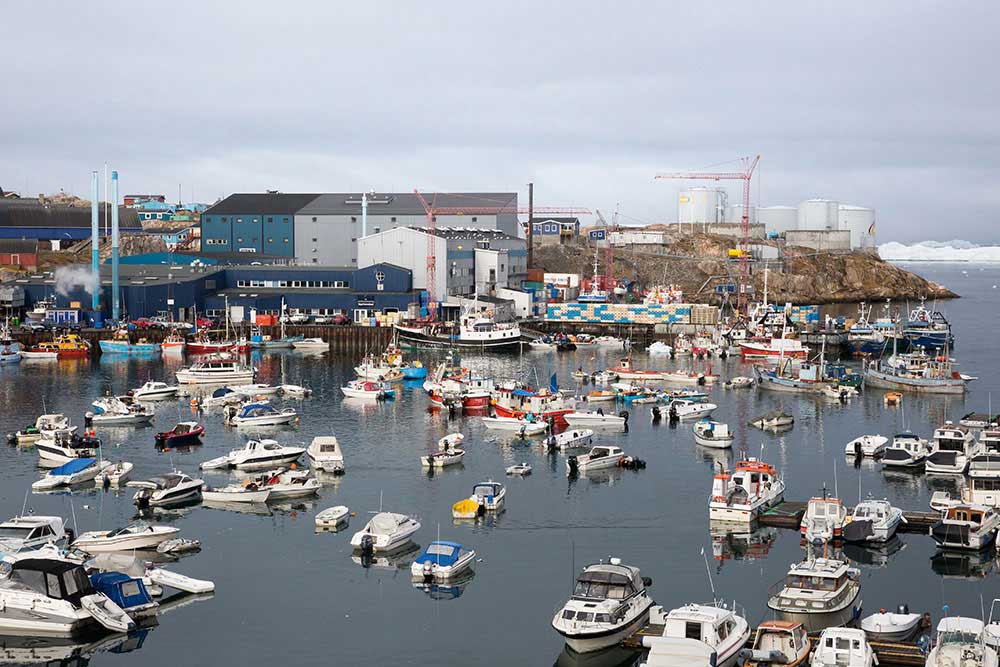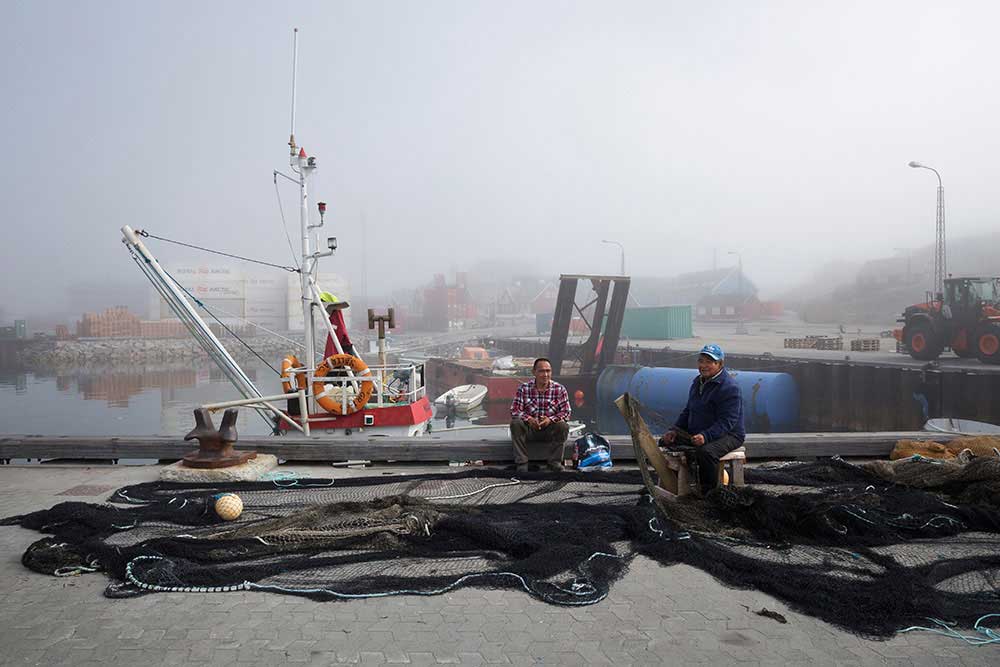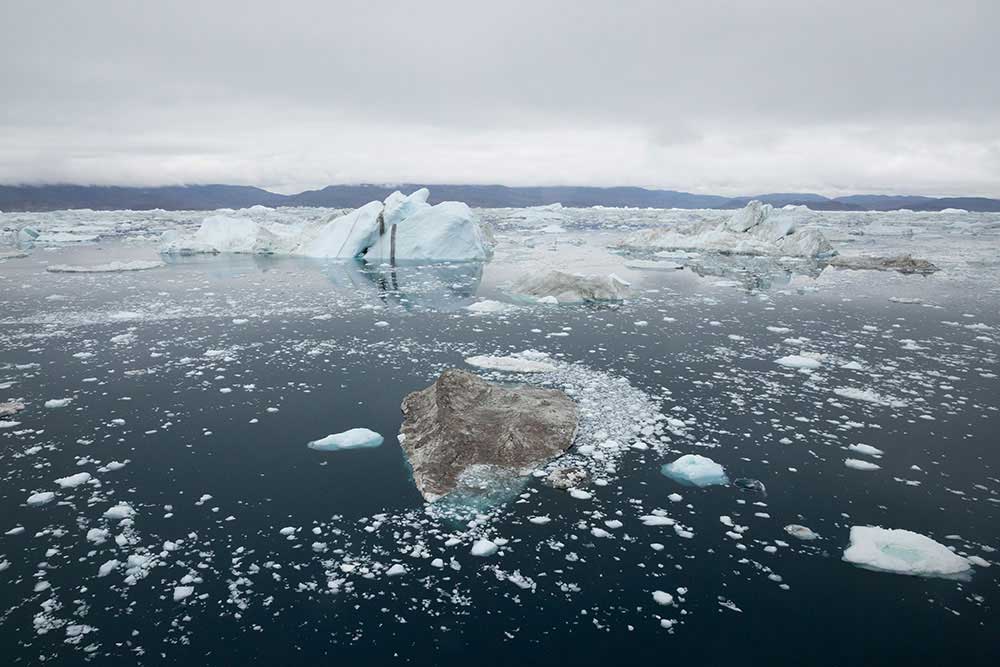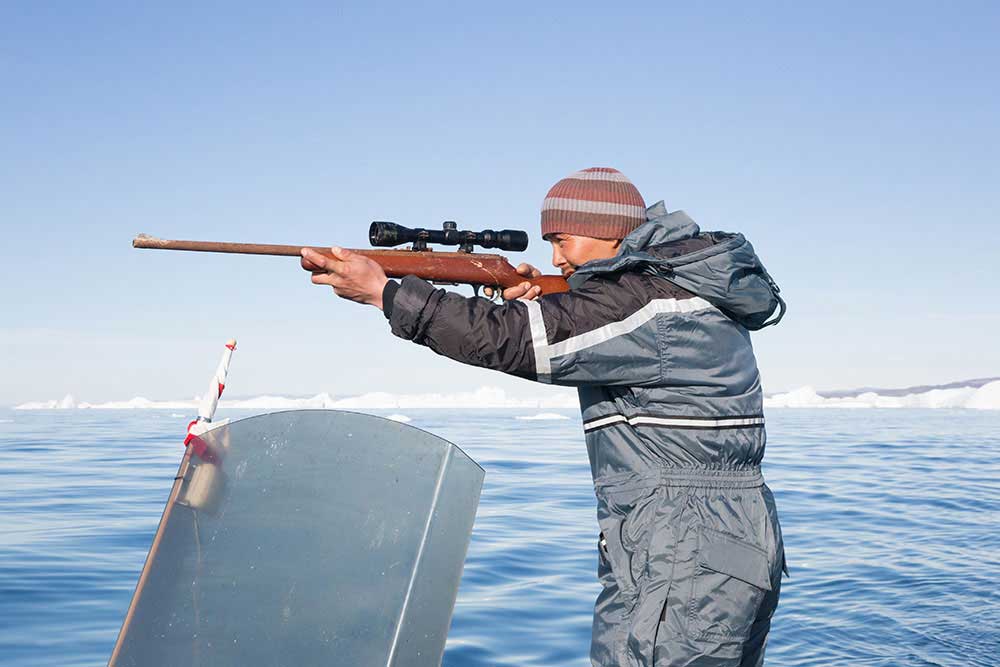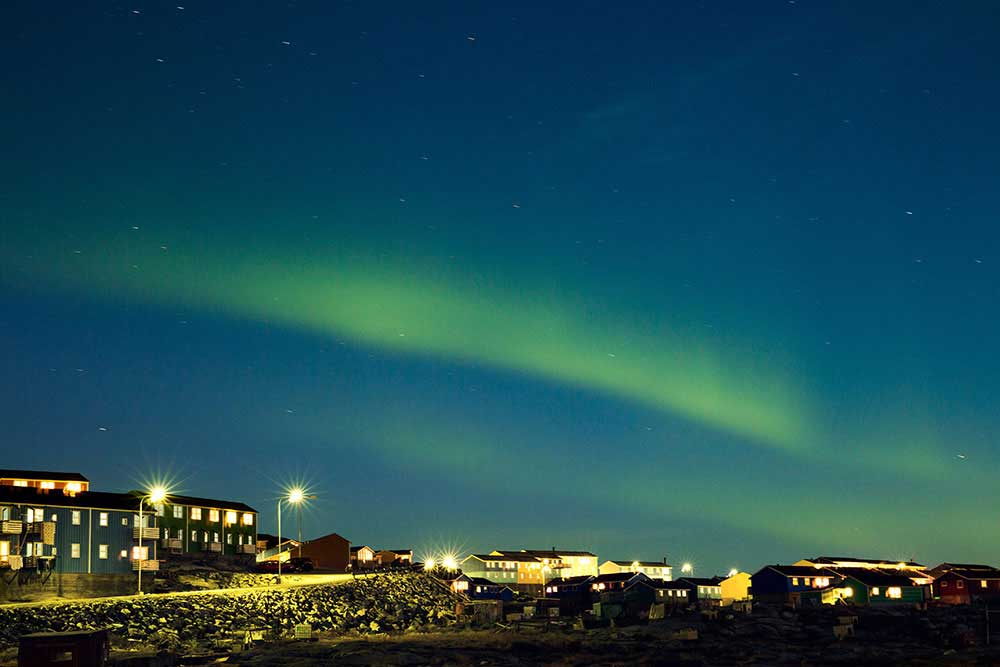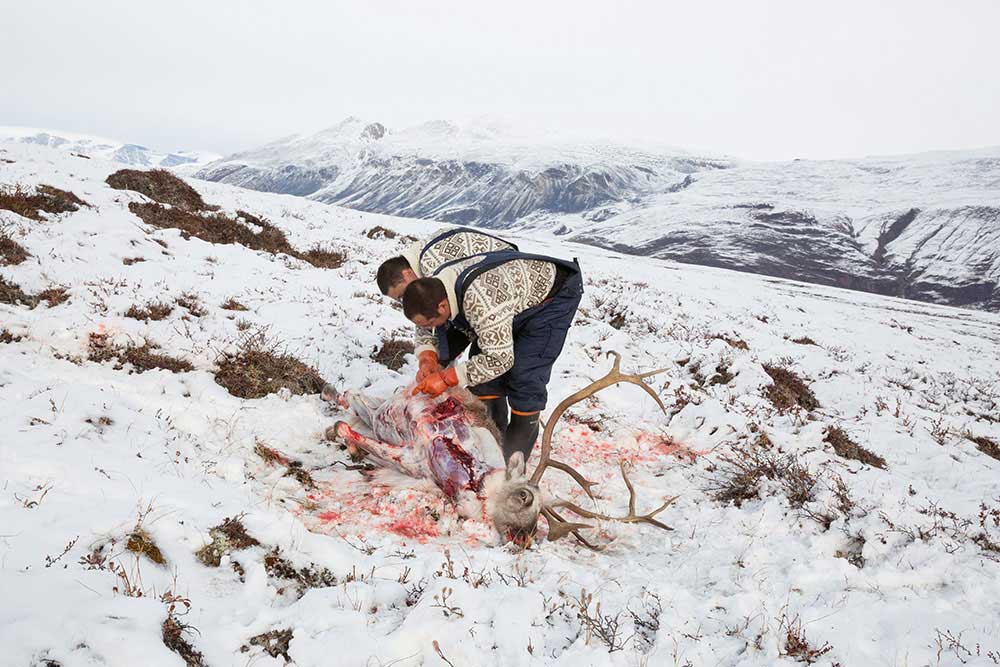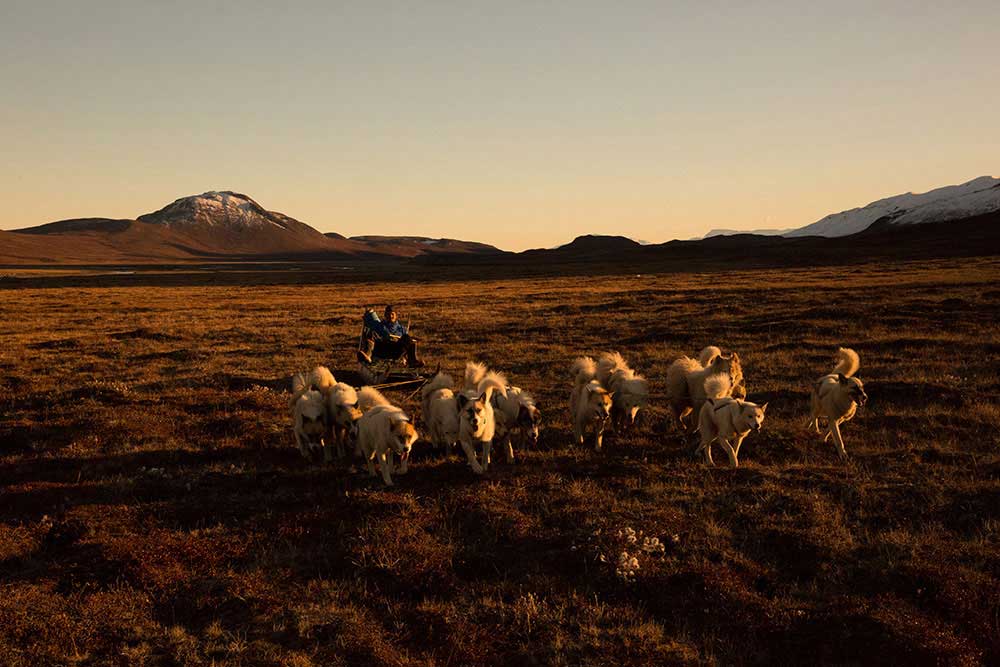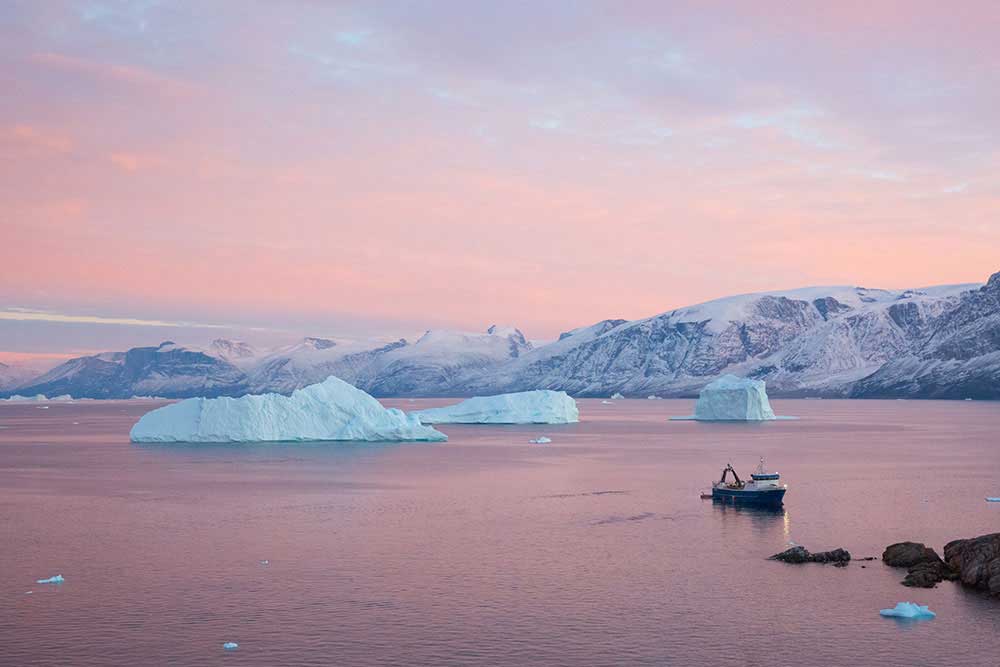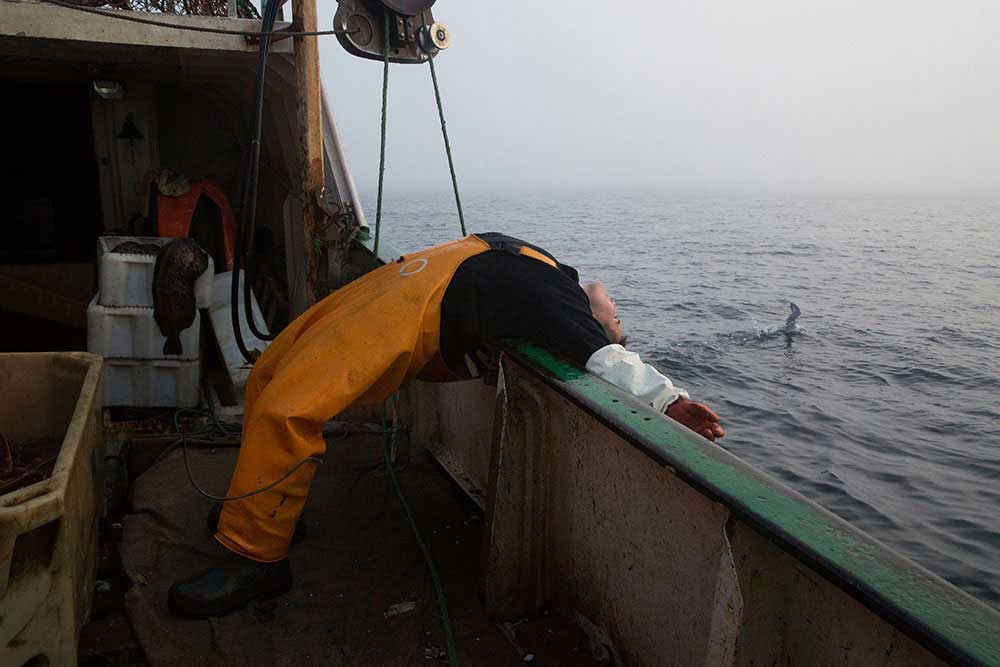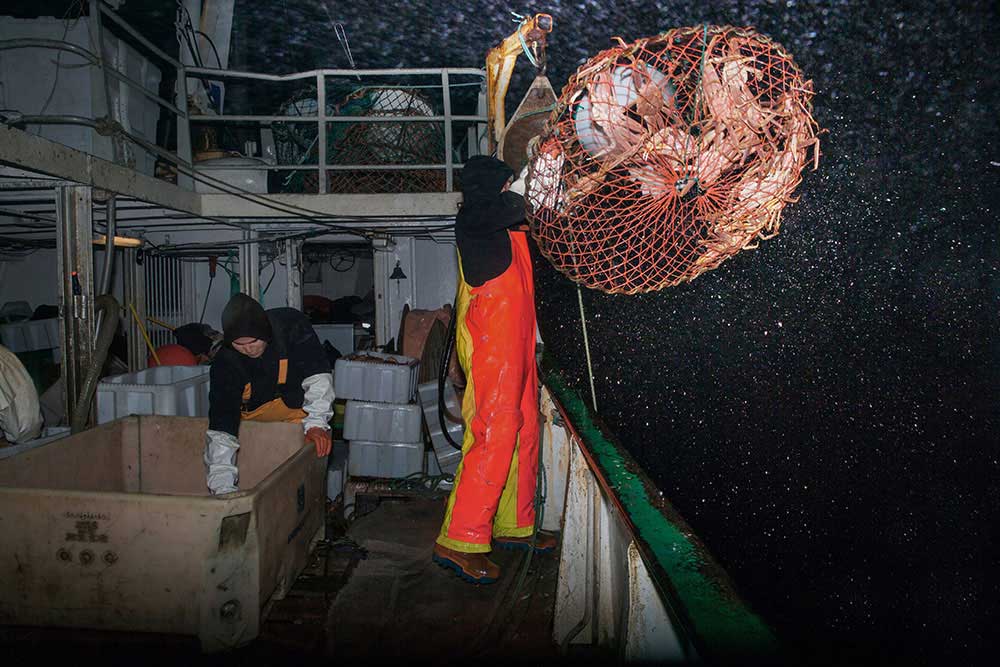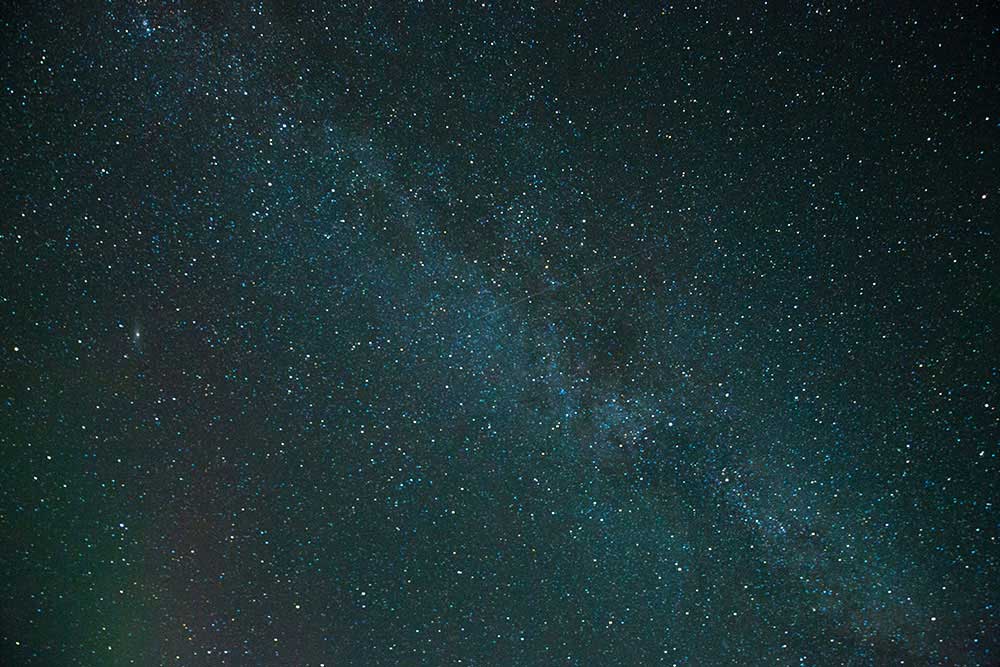June 2016, I left Paris to become a sailor. I embarked a small expedition vessel between Quebec, Terre-Neuve-et-Labrador, Nunavut, and Greenland. The trip started at Riviere-au- Renard, in the Gaspé Peninsula.
We then dropped anchor in multiple places, of which mostly were only accessible by boat or helicopter. Nature is still omnipresent there. For four months we sailed to discover islands and their populations. I present here the second part of the expedition, in Greenland.
Kalaallit Nunaat, ‘the land of Greenlanders’ is an immense island of 57,000 inhabitants, 90% covered in its centre by the ice floe. Greenland is famous for its wildness, its icebergs, traditions and cultural diversity. All this is true, but contrary to common beliefs, the Greenlandic society has transformed and modernised in the last decades, opening up to the western world and its issues.
All along the west coast of Greenland, modernity and traditions co-exist in very different landscapes. In the south and big cities, life is very much modern. Social houses are blooming, so do supermarkets and tourists. In northern villages and isolated communities, the lifestyle is more traditional. Hunting and fishing are essential to the inhabitants’ existence.
Greenland became politically independent from Denmark in 1979 and is slowly getting on the path to economic independency. The ‘ice country’ is currently facing the consequences of climate change. The melting of the ice is creating new concerns regarding the territory, the environment, the economy, and politics. The question of independency is now closely linked to the question of exploitation. [ June october 2016 with the support of the expedition boat Le Manguier ]
About Camille Michel
Camille Michel is a french photographer who studied arts at Paris 8 Uni- versity and photography at the Arles National school of Photography. Her photography are poetic documentaries.
Her work addresses the relationships between human and the environment, and their respective impacts, for societies in close proxomity to nature. The influence of nature, sometimes hostile, on the way of life of men and the humain damage on the environment. What relationships do man and nature have in the 21st century ? What survives today of the traditional culture ? What is the impact of industrialization ? She uses to document the daily life of populations and communities in times of great upheaval . She has been represented by the Hans Lucas Studio since 2015. She is member of the photographic observatory of the poles. [Official Website]



